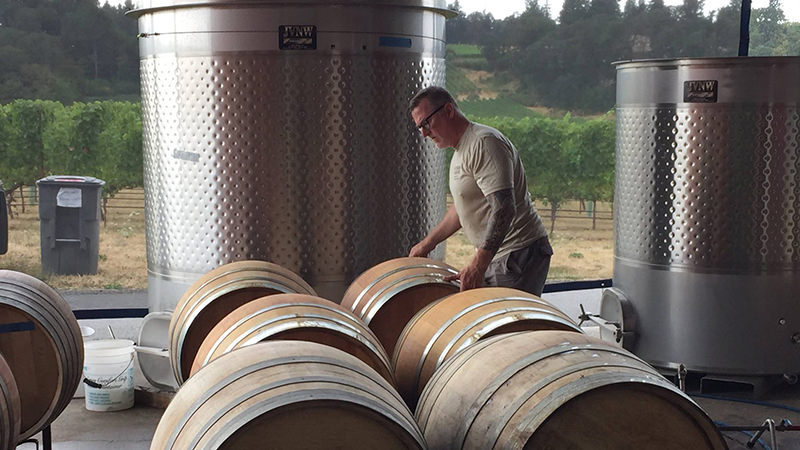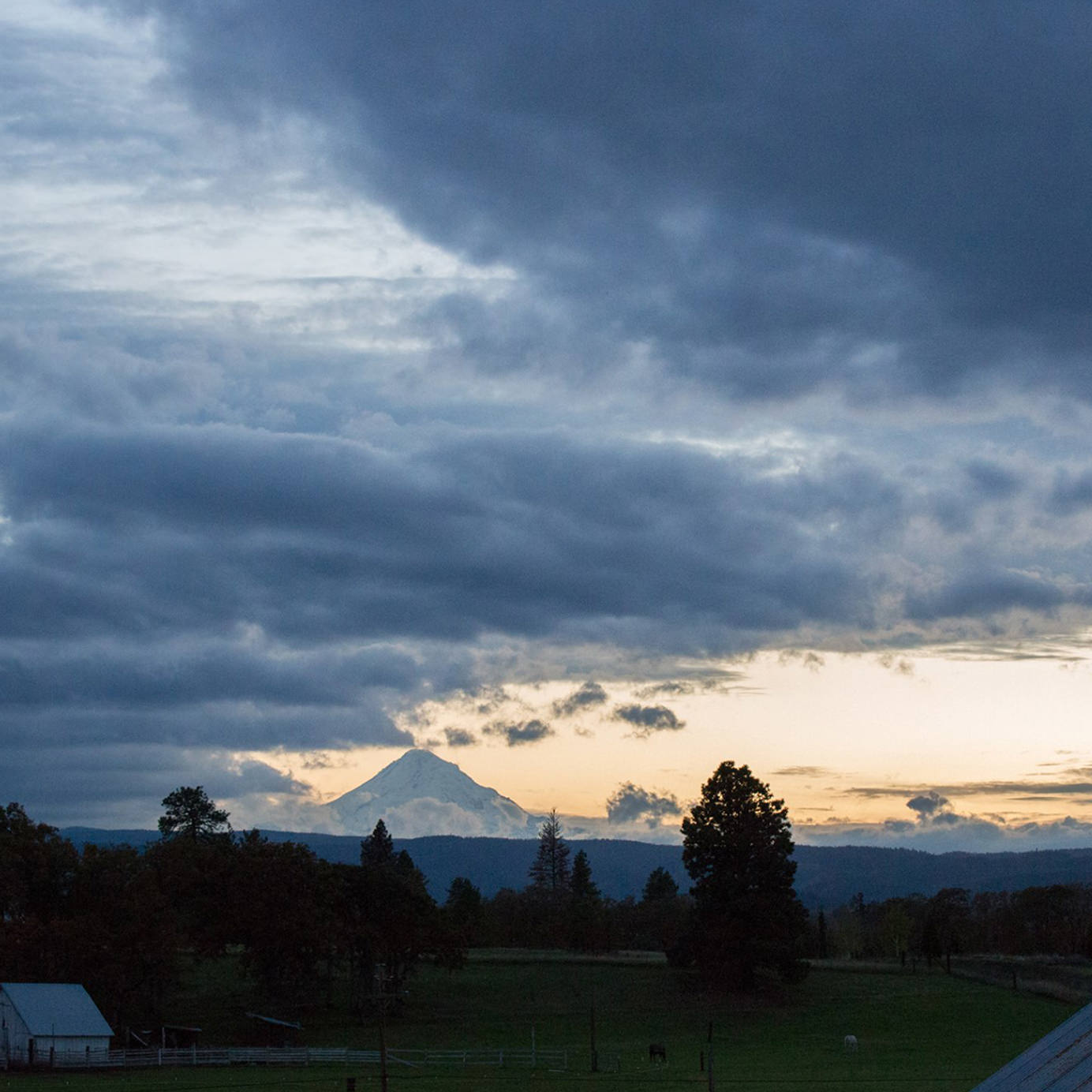Underwood Mountain rises into view on the Washington side of one of the Pacific Northwest’s most iconic landscapes: the Columbia River Gorge, a playground for windsurfers, hikers, skiers, and those in search of one of the prettiest drives in America.
If Thane Hawkins has his way, this mountain and gorge will soon be as big a draw for another kind of activity: wine tasting. He’s so convinced he’s started growing grapes on Underwood Mountain. Last fall, his Hawkins Cellars winery opened a tasting room and patio in Underwood with epic views of Mount Hood. If he and a handful of neighbors succeed, they’ll put an otherwise obscure region on the map, and offer a welcome respite to the often traffic-choked interstates that deliver wine lovers from Portland to the Willamette Valley. But wine is a competitive business, and finding a way to rise above the noise won’t be easy.
“We all have the same goal, which is to sell more wine, to get more people up here,” Hawkins says. “The key is just to put the bug in people’s ear to come to the Gorge. We’re a really convenient stop from Hood River.”
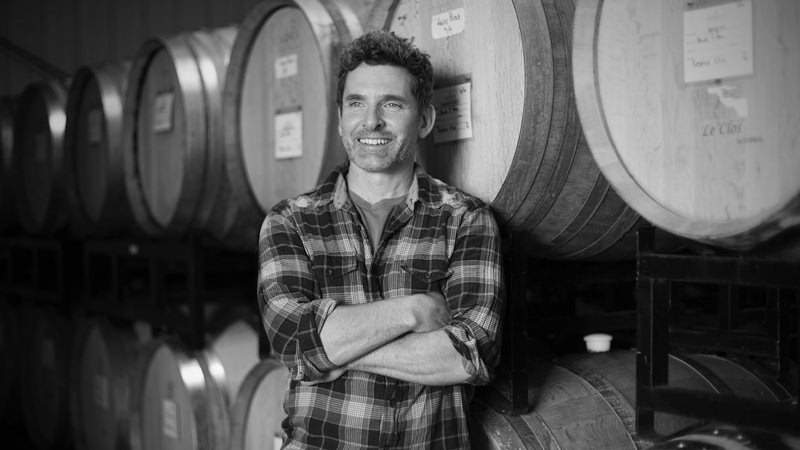
The Columbia Gorge American Viticultural Area is about 4,500 acres, while Oregon’s more famous growing region, the Willamette Valley, covers 3.3 million acres and contains six sub-appellations. The Gorge straddles both Oregon and Washington, with a wide variety of terroir relative to its size. “People don’t immediately think of this as a growing region,” Hawkins says. “This is one of the few areas that has yet to be really discovered, both from a winemaking and a wine-growing perspective.”
The range of microclimates in the Gorge makes a case for Underwood Mountain to be its own AVA, Hawkins says. “We have a harsher climate with a shorter growing season on Underwood Mountain, and the fruit doesn’t ripen without a strong human element. But 30 miles away, they’re ripening Zinfandel,” Hawkins says. “The slam dunk would be for Underwood Mountain to be its own AVA.”
Hawkins is a newcomer to Underwood; he and his business partner Debra Michelson started growing grapes here in 2013. They joined a community of talented though largely unsung Columbia Gorge winemakers, including Luke Bradford at COR Cellars, Rachel Horn at AniChe Cellars, and James Mantone at Syncline Winery. (Mantone has been “setting the bar out here for years,” Hawkins says.) All operate in a region that’s barely on the viticultural radar, but that’s ideal geology for growing certain kinds of grapes.
“If Washington is kind of known for Cabernet, which is a warmer climate, we’re more focused on Chardonnay, Pinot Noir, mountain varieties,” Luke Bradford, founder of COR Cellars, says. He grows his own grapes on two acres and purchases fruit from vineyards all around the Gorge to produce 10 varietals.
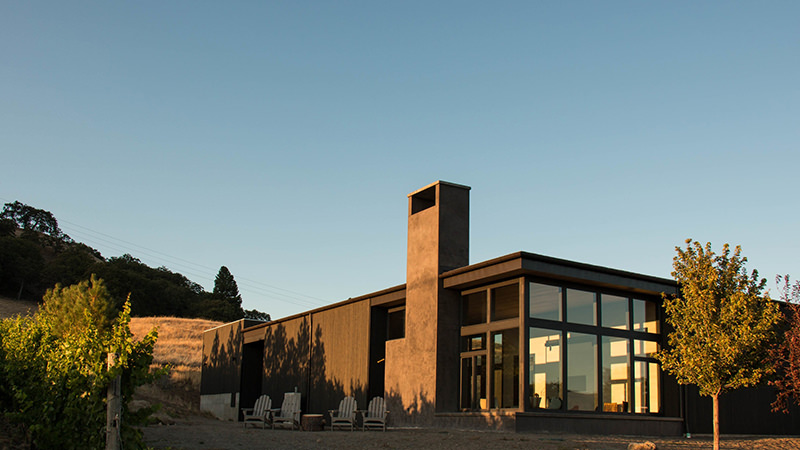
Consumers often confuse the Gorge with the much larger Columbia Valley region, says Matt Hensel, owner of 45th Parallel Wines in Portland. It takes time for a lesser-known area to get the attention it might deserve. Even Oregon’s Willamette Valley Pinot Noir is only now becoming known on the global stage, he says. “It takes a handful of motivated producers to make good products year after year to show critics and writers what’s there,” he says. “You need a good group of strong wine makers to advocate for the region. Building a national brand is kind of a complicated thing. But if anybody’s going to do it, the Columbia Gorge and southern Oregon are two of the most exciting wine regions in the Northwest.”
Making wine on Underwood Mountain means trying to predict a climate of extremes, with hotter days and cooler nights. The conditions are comparable to those of Alsace in France, but there are still plenty of unknowns, and winemakers in this part of the Gorge are still figuring out what works. “You might have to take certain wines off the table here,” Hawkins says. “This is a world-class Chardonnay area, but if you want to make a Syrah out here, it’s not going to happen. Crop management is crucial. There’s more risk, and potentially more reward.”
Before he became a winemaker, Hawkins was an animator, working on the blockbusters “Shrek” and “Monsters Inc.” He moved to Oregon in 2002. In 2007, he worked a harvest at Wine By Joe in the Willamette Valley, after which Methven Family Vineyards hired him as an assistant winemaker. The same year, Hawkins produced a small quantity of wine under his own label, Hawkins Cellars. He moved to Underwood Mountain to be nearer to the fruit and the landscape he loves, and to try his hand at growing.
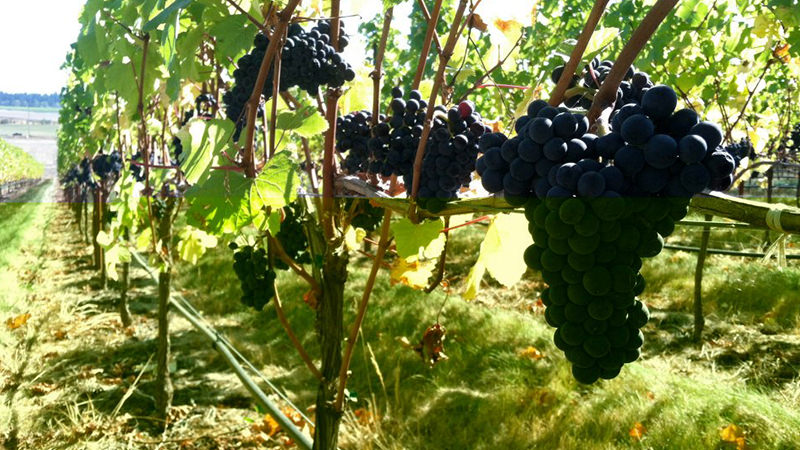
Bradford distributes wine mostly in the Northwest, where the Gorge is fairly well known, which makes it an “easier sell,” he says. When he’s talking to an out-of-state distributor, he spends nearly as much time pitching the Gorge as his own wines, explaining it’s a cold-climate alternative nicely positioned between wines in eastern Washington and those in Oregon’s Willamette Valley. “It gets a little long-winded, but what we’re trying to explain is that just to the east of us are the warmest vineyards in the state,” Bradford says.
Visitors to COR are definitely “more adventurous,” Bradford says, and more concerned with the origin of their food and beverages. They’re also more likely to visit vineyards as a bit of an afterthought, at the end of a long hike, rather than as a destination in its own right. “Our regulars are people who want to come out to the Gorge and recreate,” he says. “Hopefully they’re also into wine.”
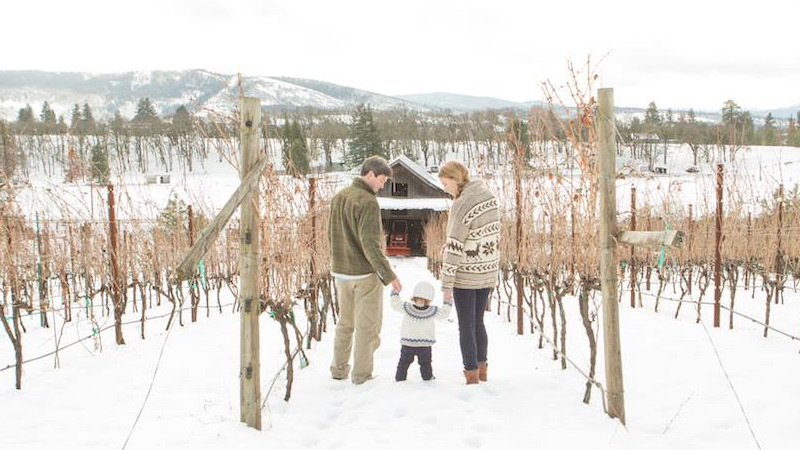
Like its visitors, winemakers in the Columbia Gorge seem drawn to the region’s Wild West atmosphere. Thane Hawkins is an avid outdoorsman who climbs the mountain he can view from his wine-tasting room. “This the place in the world that speaks to my heart, my sense of adventure,” he says. “I’ve always really wanted to live out here.”
Perhaps this shared adventurous spirit between growers and tourists is what will differentiate the region from its more established counterparts. Luke Bradford is still working out the right pitch for the area, but he doesn’t mind the work. “I’m still kind of figuring it out, but my goal is to put this area on the map,” he says. “It’s exciting to have something that nobody knows about.”
